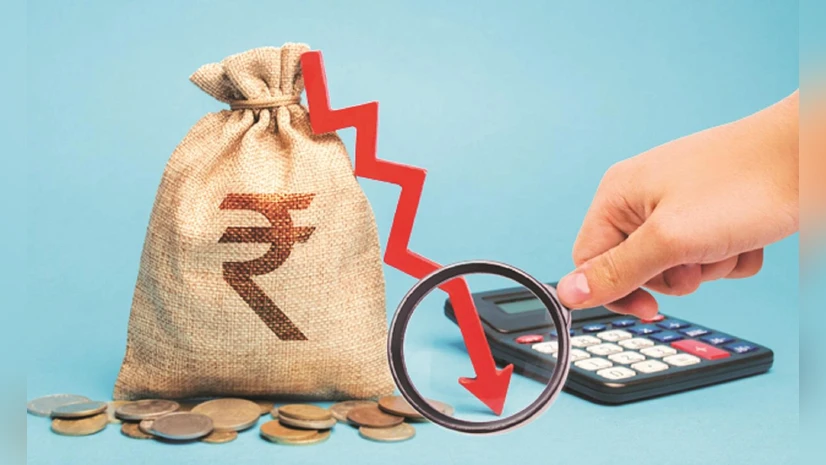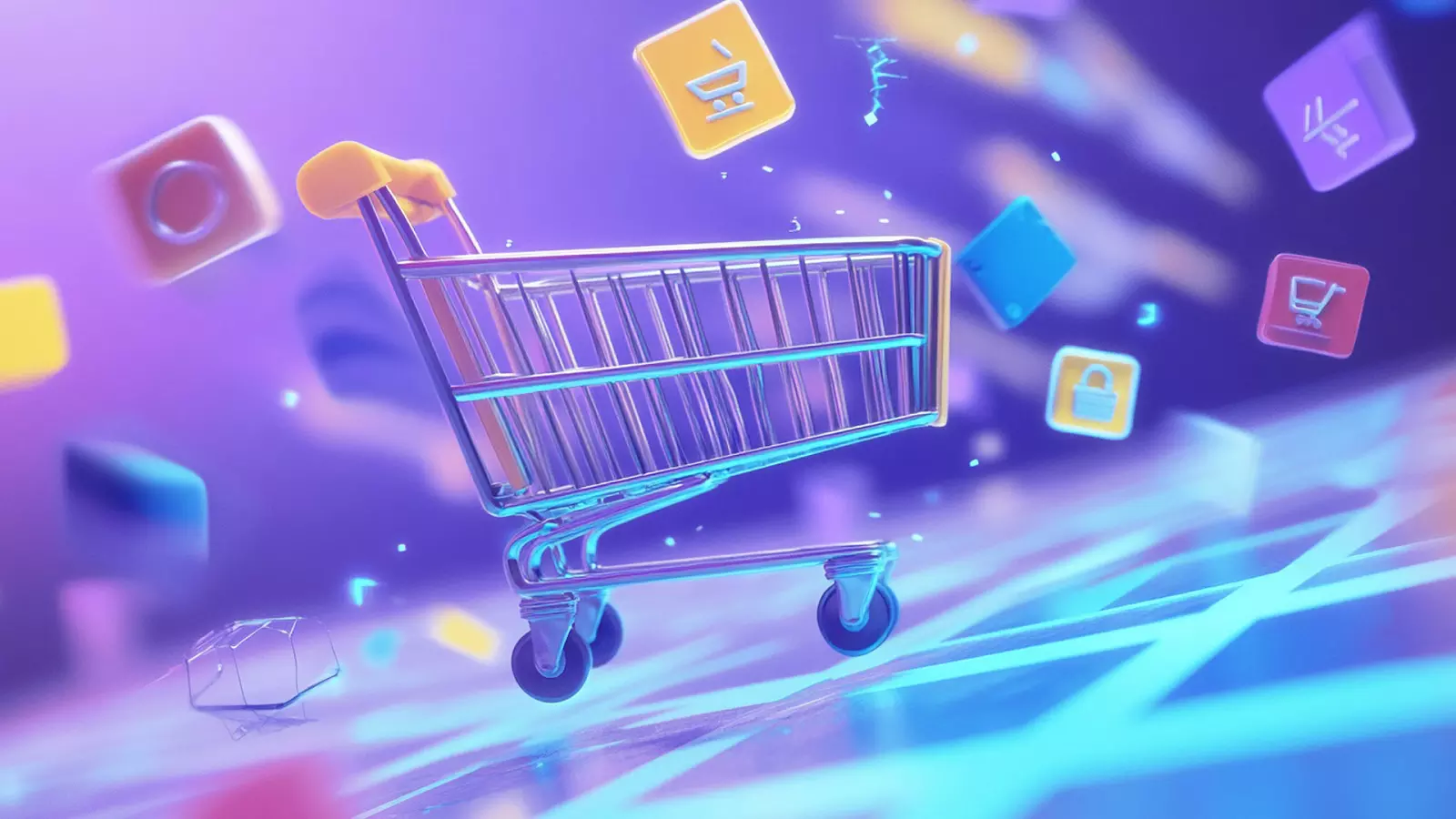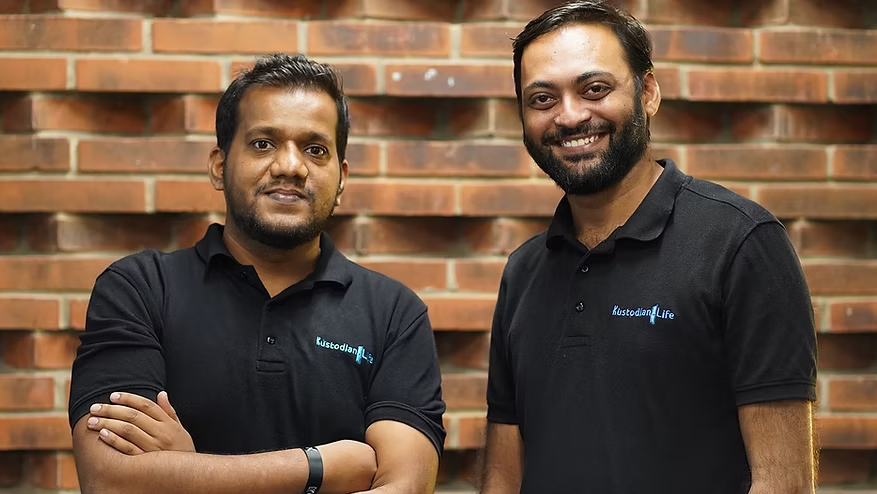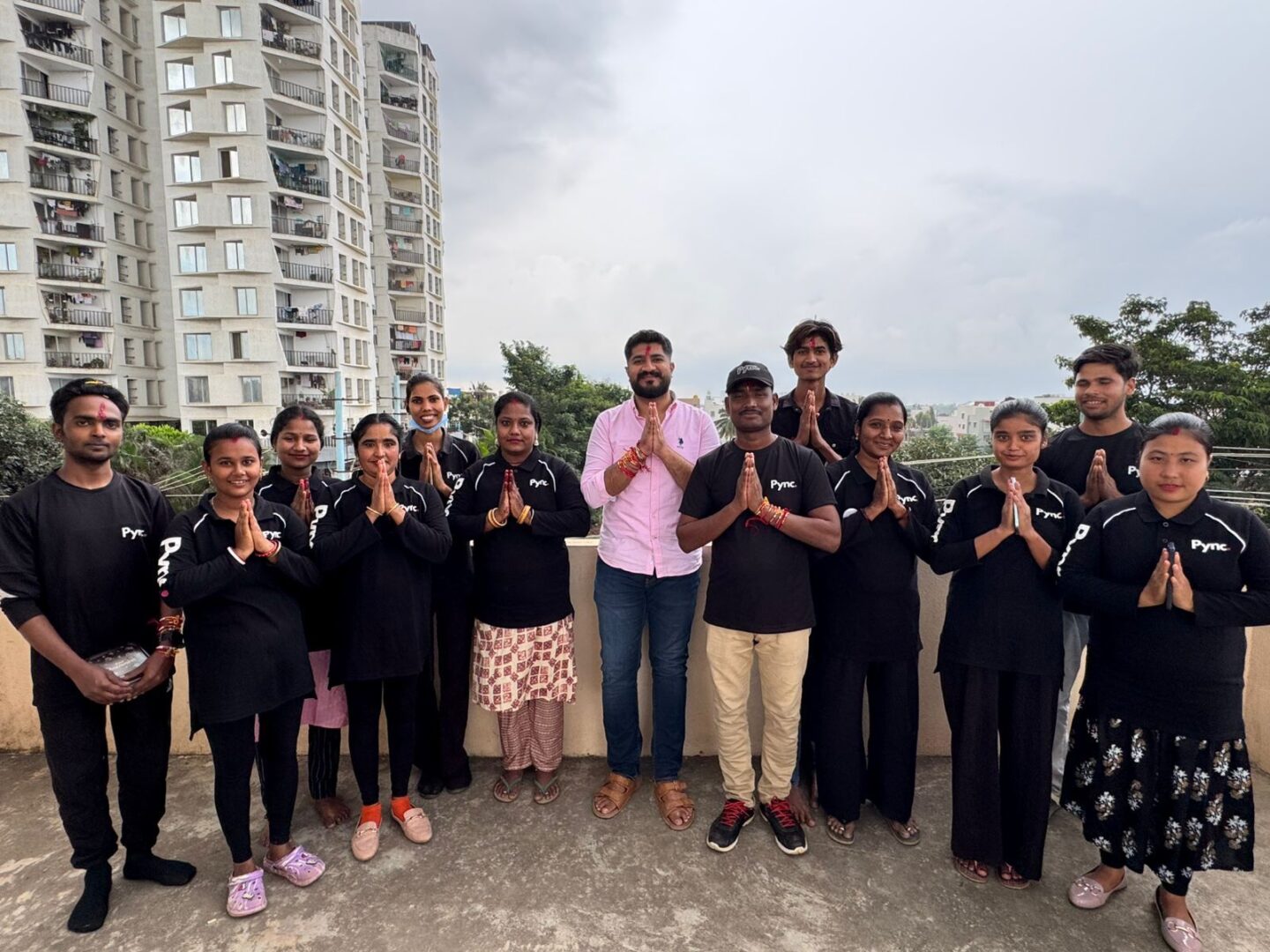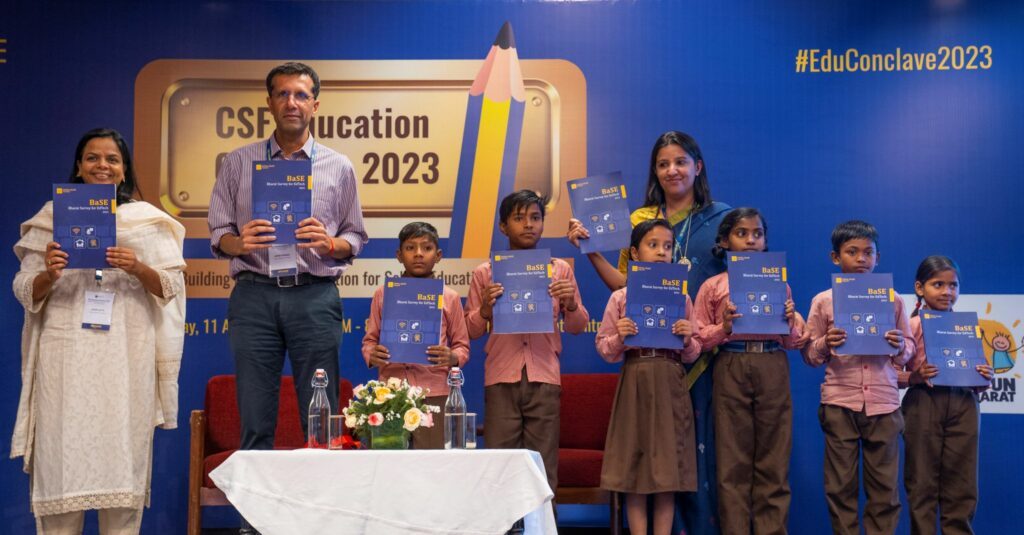Banana chips,traditional snack has become the second most popular category in India’s fast-growing Q-commerce (quick commerce) platforms. This rise has left industry watchers surprised: banana chips now outsell trendy items like kombucha, protein bars, and a host of imported “healthy” snacks. What’s more, the success has come without massive ad campaigns, brand nostalgia, or glossy D2C makeovers.
So, what really drove banana chips (and similar regional snacks) to the top? The answer lies in the way technology and infrastructure have evolved to meet the product’s strengths, changing how Indians buy and consume snacks.
A Level Playing Field
In the world of Q-commerce, dark storeswarehouses used for fulfilling online orders quickly,don’t have the shop-floor bias of traditional retail. There’s no “prime shelf” reserved for the biggest brands. Instead, all products are equally discoverable on the app, whether it’s banana chips, bakarwadi, murukku, or thepla. This digital democracy means that customers are just as likely to click “add to cart” on a packet of banana chips as on any national brand. In this setup, taste and personal preference matter more than branding muscle.
Fit for Q-commerce
Regional Indian snacks are perfectly suited for Q-comm logistics. Their packages are compact, ideal for quick, low-cost delivery. These snacks are familiar, so people buy them often. Crucially, they have a long shelf life, meaning there’s less spoilage and wastage, a win for both platforms and suppliers.
In contrast, many other snack categories face challenges with their margins in Q-comm: high fulfillment costs and lower average order values (AOV) can make profitability tricky. Regional snacks, with their steady rotation and healthy margins, quietly emerge as strong performers, often more sustainable than so-called staples.
Hard Facts, Clear Shift
The numbers underline the trend. Regional snacks now account for 32% of all Q-comm snack and beverage orders, a share that is still growing at 12% per year. This growth is especially striking as national FMCG (fast-moving consumer goods) brands slow down.
Festive seasons drive even bigger spikes in these products, with platforms recording 3–4 times more SKU (product) sales during festivals. Remarkably, tier-2 cities are now matching metros in terms of order frequency and willingness to spend, showing that trust in local snacks runs deep across urban India.
Outperforming Modern D2C Brands
Homegrown regional snack brands like Sweet Karam Coffee, Chheda’s, and Beyond Snack aren’t just winning locally, they’re expanding rapidly. Today, these brands sell in more than 30 cities, with over half their gross merchandise value (GMV) coming from outside their home markets.
All this has happened without the splashy ad campaigns, influencer tie-ups, or heavy digital spends that newer D2C brands rely on. Their secret? Products people already know and trust, now available with a few taps on a Q-comm app.
A Quiet Revolution
India’s rising love for banana chips isn’t really about changing tastes or clever branding. It’s about availability. The country’s quick commerce infrastructure has finally made beloved regional snacks as easy to order as a bottle of Pepsi or a pack of cookies. And in this new world, what sells best isn’t always what’s branded best, it’s what fits the system and meets real demand.
Banana chips, once a “side” item, now stand at the center of India’s snacking future. Their journey is a lesson for brands and retailers: when infrastructure and product align, even the humblest snack can become a star.
ALSO READ : How Bharat Jain Built a ₹7.5 Crore Fortune in Mumbai?

















